Trey Combs, author of Steelhead Fly Fishing (1991), mentions of the Bulkley River Samurai, "I first saw this leech pattern in use on the Kispiox in 1987. A few anglers and a couple of guides were fishing it and remaining very closed-mouthed about, one of those "secrets" that couldn't last, and didn't. " "Basically this big silhouette pattern is a Matuka in which the end is not secure, the strip of rabbit waving in the current and giving the fly tremendous action."
The original "Samurai" was tied as a conventional Woolly Bugger (marabou for the tail, chenille body palmered with hackle) with a rabbit strip tied in over the top that was longer than the tail. A few strands of Flashabou or Krystal Flash were also added to the tail, and in some cases, additional flash was added under and/or over the wing. The only attribute lacking in the original is counter-wrapping the palmered hackle with wire (or heavy thread), which I strongly recommend. If you can tie a Woolly Bugger, you can certainly tie the "Samurai."
Because of it's larger silhouette, the "Samurai" is generally classified as a winter pattern. However, I am finding myself using this pattern in smaller sizes a lot more during the summer months in the early or late evening hours when I need a visible fly. Let's have a go with my variation which lacks the chenille body and palmered hackle, but adds two unique collars.
Because of it's larger silhouette, the "Samurai" is generally classified as a winter pattern. However, I am finding myself using this pattern in smaller sizes a lot more during the summer months in the early or late evening hours when I need a visible fly. Let's have a go with my variation which lacks the chenille body and palmered hackle, but adds two unique collars.
Materials:
Hook: Alec Jackson Steelhead Iron (size 5 pictured)
Thread: Color of choice.
Tail: Marabou - color of choice
Body: Chenille or dubbing
Rib: Medium oval silver
Collar: Rabbit spun in a dubbing loop followed by 2 or 3 turns of guinea. Spey hackle can be substituted in place of guinea.
Wing: Rabbit strip
Step 1:
Start thread at the rear of the returning wire loop and wrap back to the hook point.
Step 2:
Tie in marabou. A common tail length proportion is one body length. Although this goes against my "rule of thumb" on tail lengths, I generally tie the tail a little longer- one hook length. Wetting or moistening the marabou makes working with this material much easier.
Step 3:
Tie in the oval tinsel to the backside of the hook shank.
Dub in a small section of "hot" dubbing (approximately 1/3 of the overall body length). Pictured is chartreuse Ice Dubbing, but other effective colors are fluorescent pink, orange, red, and yellow. The forward section of the body should be the same color as the tail. Pictures is black SLF. (A solid color body can be utilized too.) Note my stopping point is the same as my initial thread starting point. This will give me plenty of room to work in the rabbit and guinea collars as well as securing the rabbit strip.
Step 6:
Place rabbit is a dubbing loop. (please visit the Steelhead Matuka blog page for directions.) My lengths for this method of tying in collars is usually longer, but with the "Samurai" I want to keep the "hot" section visible. A good reference would be matching the tips of the guards hairs with the middle of the "hot" section or little shorter.
Tie in guinea feather by the tip and take 2 or 3 turns. The length should extend to the end of the hook. I also remove one side of the fibers. The addition of both rabbit and guinea not only adds aesthetics to the pattern, but gives more movement in the water plus a little support for the rabbit wing.
Cut the tie in point of the strip in to a point and secure to hook shank. (Please visit the Steelhead Matuka blog page for reference.)
The end of the strip should be cut to approximately half a tail length and should be done after the strip is tied in. This will give the fly a nice proportional look, and when wet, the tail and wing will give a nice tapered appearance.
If you have tied with rabbit strips you know it can be tough to finish with a nice, neat and small head. The trick is securing the strip with the smallest portion of the point possible. I take 5 to 7 very tight turns to secure the strip, tying from the hook eye to the rear to cover the hide portion, and then apply a small drop of super glue. While the glue is drying I'll remove the excess (towards the hook eye) with a razor blade. Once the glue is dry complete the head with as few as wraps possible. Finish with a few coats of head cement.
Note: The addition of the two collars will help support the strip and keep it off the fly's body in the water. Additionally, when you initially tie in the strip, ensure your wraps are tight and as close as possible to the two collars and guinea feather stem without compressing the fibers. This will slightly lift the strip maximizing the wing's movement.
The end of the strip should be cut to approximately half a tail length and should be done after the strip is tied in. This will give the fly a nice proportional look, and when wet, the tail and wing will give a nice tapered appearance.
If you have tied with rabbit strips you know it can be tough to finish with a nice, neat and small head. The trick is securing the strip with the smallest portion of the point possible. I take 5 to 7 very tight turns to secure the strip, tying from the hook eye to the rear to cover the hide portion, and then apply a small drop of super glue. While the glue is drying I'll remove the excess (towards the hook eye) with a razor blade. Once the glue is dry complete the head with as few as wraps possible. Finish with a few coats of head cement.
Note: The addition of the two collars will help support the strip and keep it off the fly's body in the water. Additionally, when you initially tie in the strip, ensure your wraps are tight and as close as possible to the two collars and guinea feather stem without compressing the fibers. This will slightly lift the strip maximizing the wing's movement.
Let the imagination flow! Try the darker colors for dark days and low light conditions (add an hot butt if desired), bright colors for bright days in winter, fluorescent colors for stained or off color water. Give an all white pattern a shot too. You might be surprised!
I'll attempt to knock out two more deadly rabbit strip patterns this month before moving on to trout flies in August.
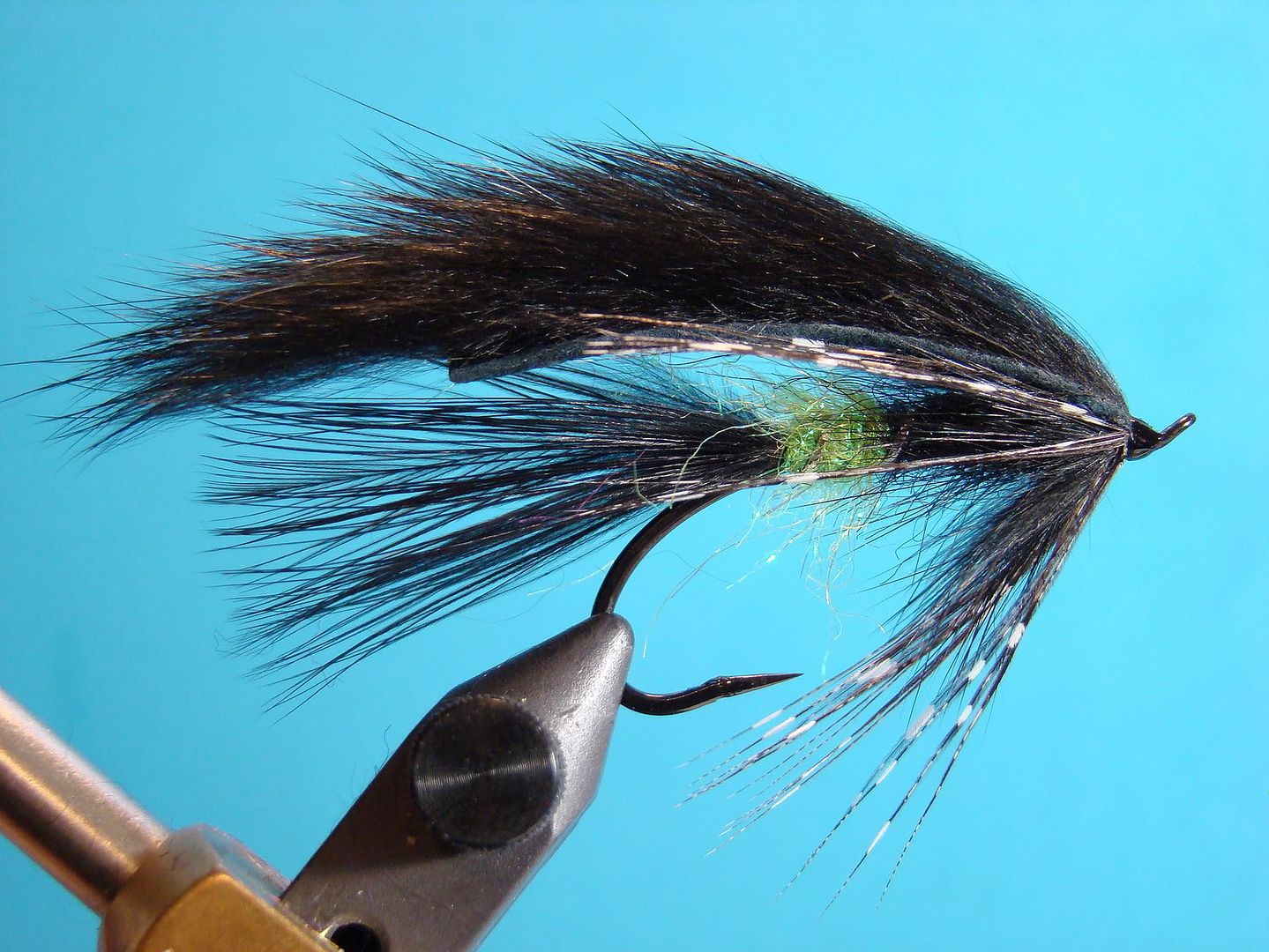
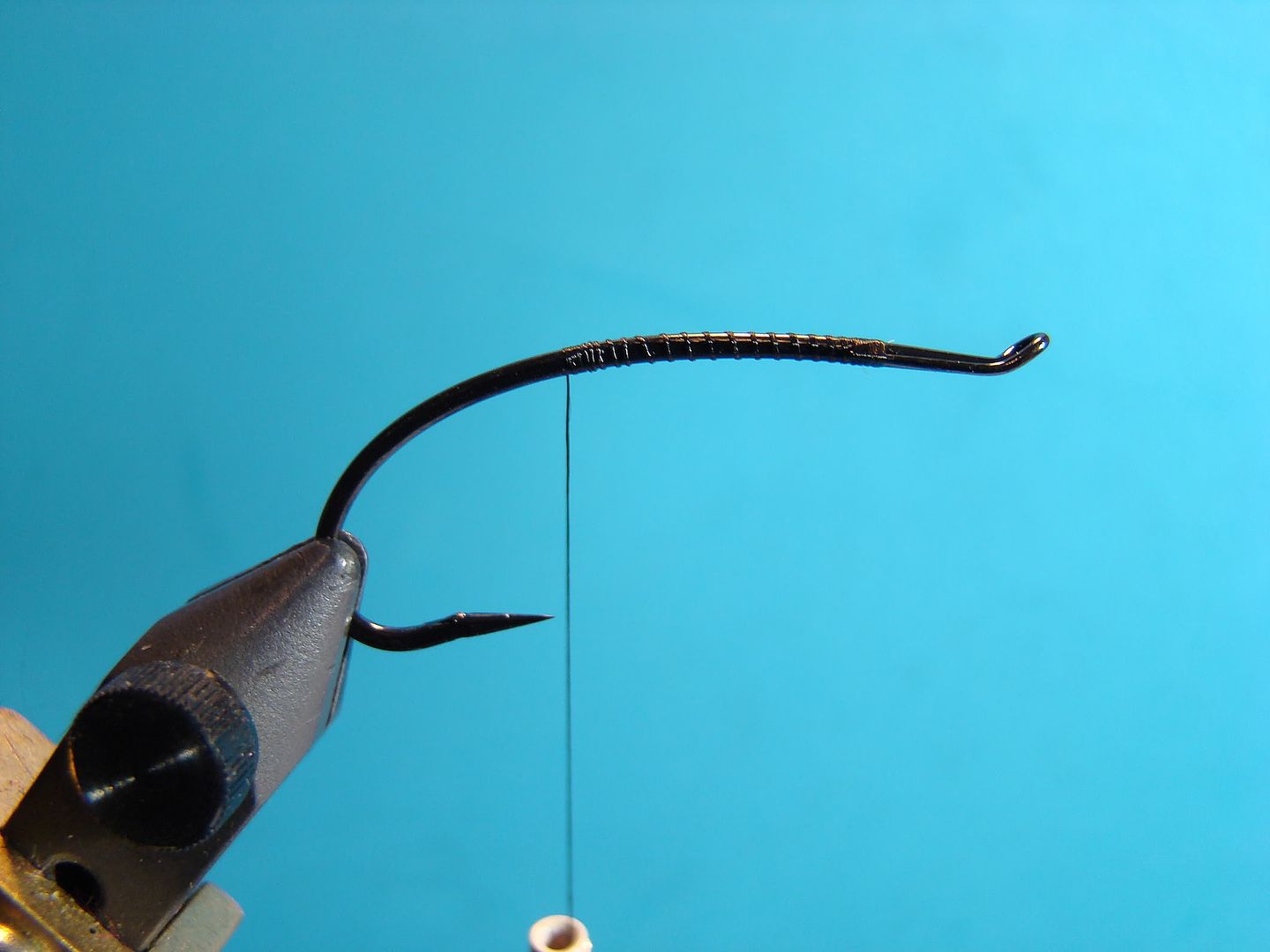
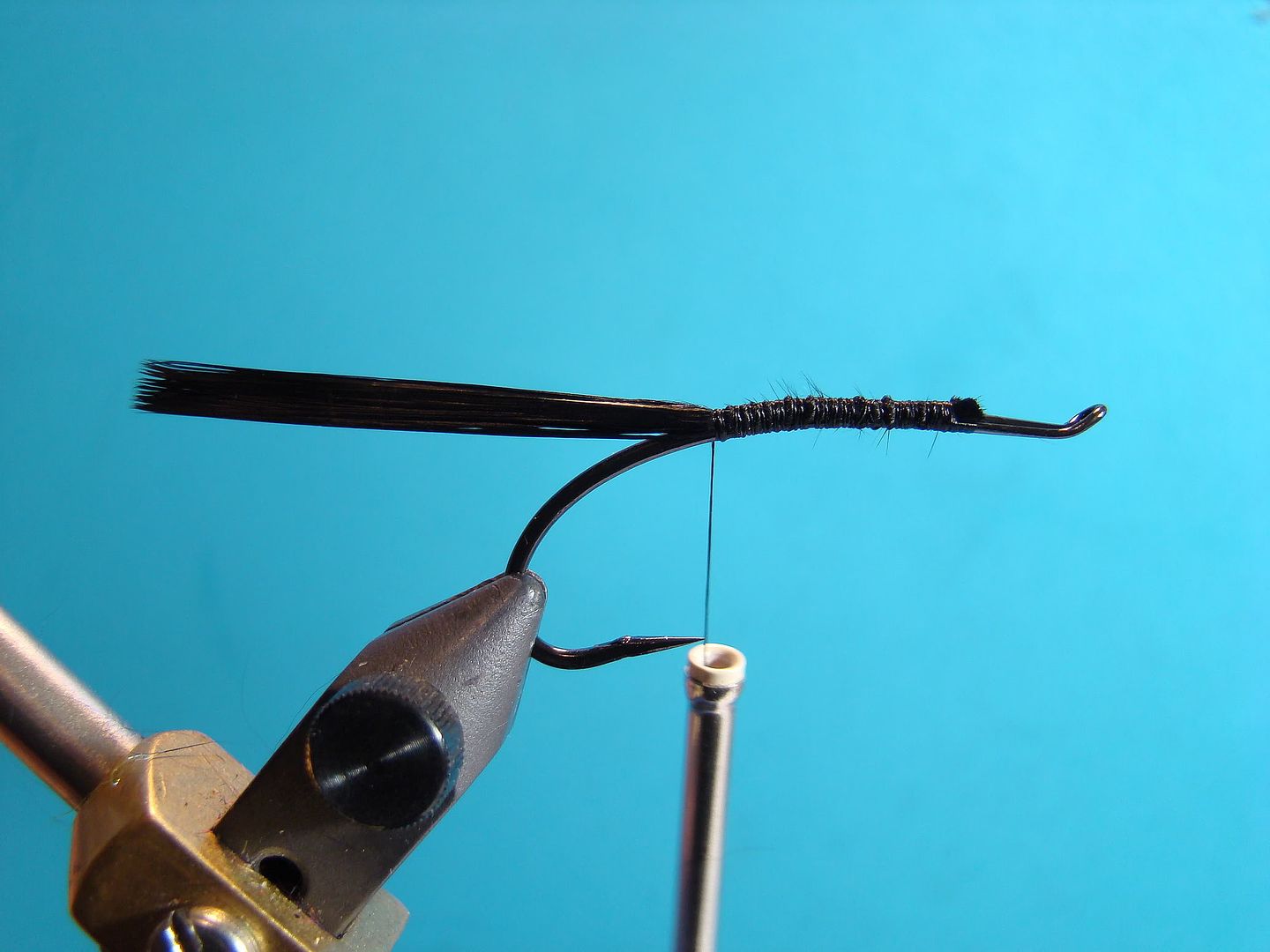

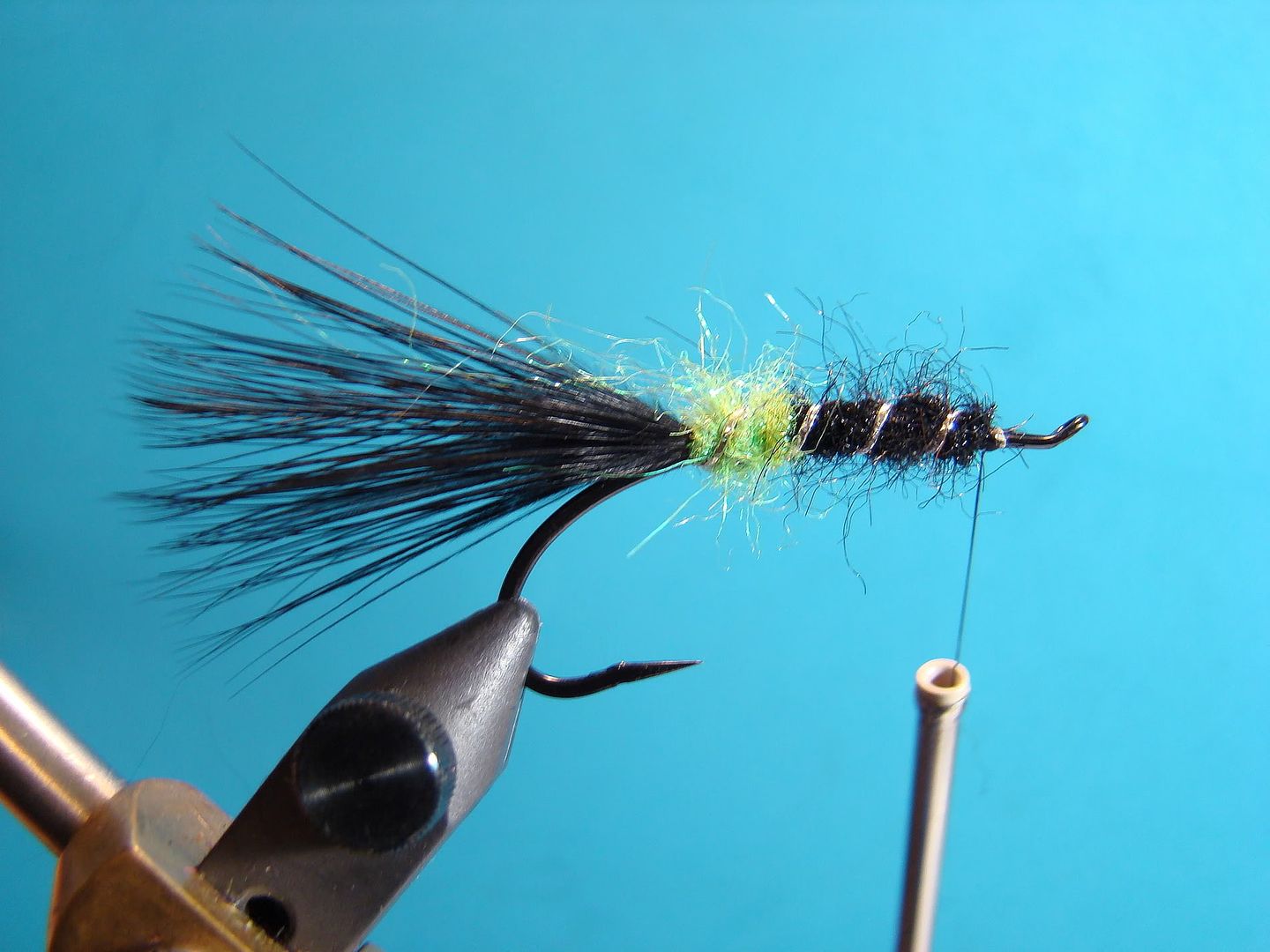
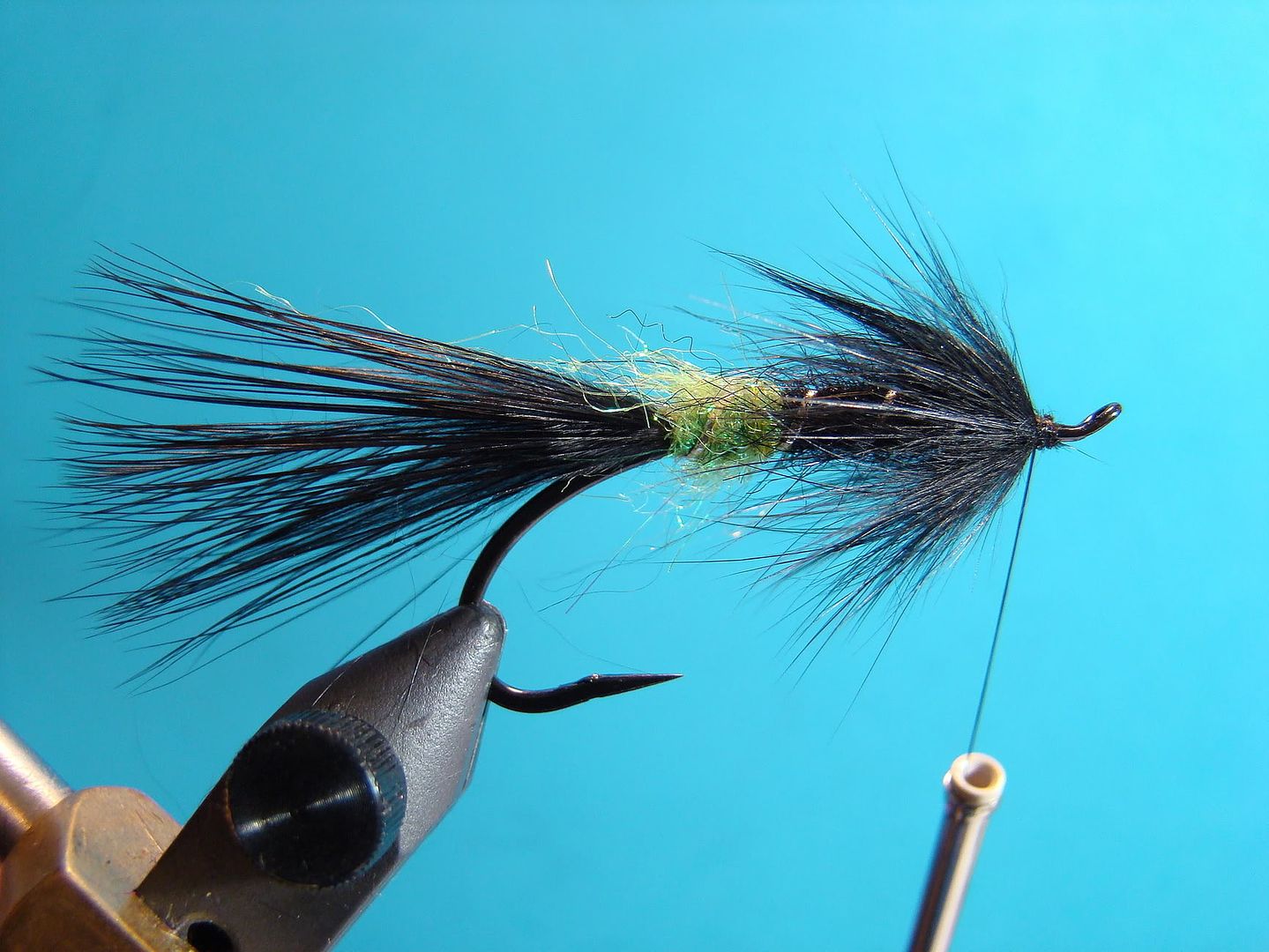

No comments:
Post a Comment